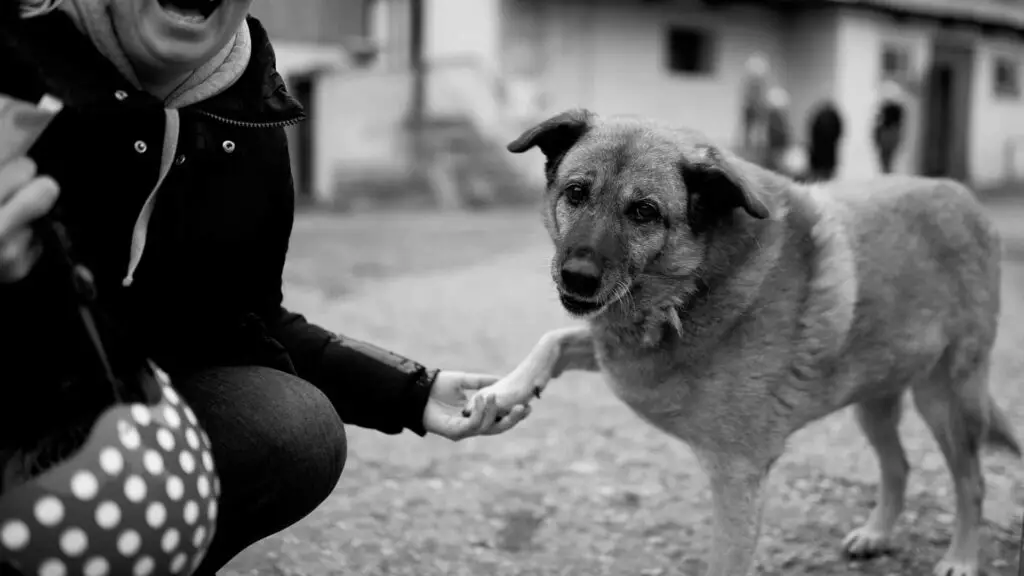Dogs are some of the most intelligent animals on our planet. Their ability to understand and follow the commands of humans proves this fact. But could there be a limitation to how much dogs can learn? Is there a way to teach them new words even after they cross a certain age? Such questions and more are always at the back of a pet parent’s mind.
We commend the effort you are taking to learn more about dogs. For all the love and loyalty they give us, dogs sure do deserve a little bit of understanding from our end. Being well informed about their learning behavior and patterns is a great way to get started. So here’s a compilation of our experience and studies on dogs for your better understanding.












